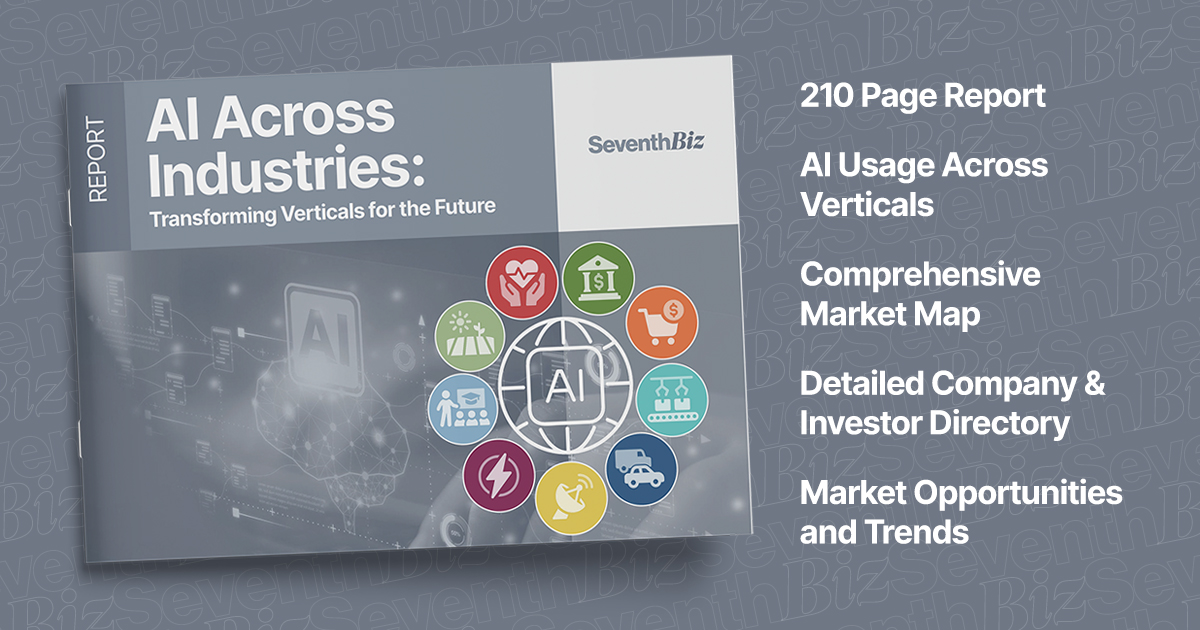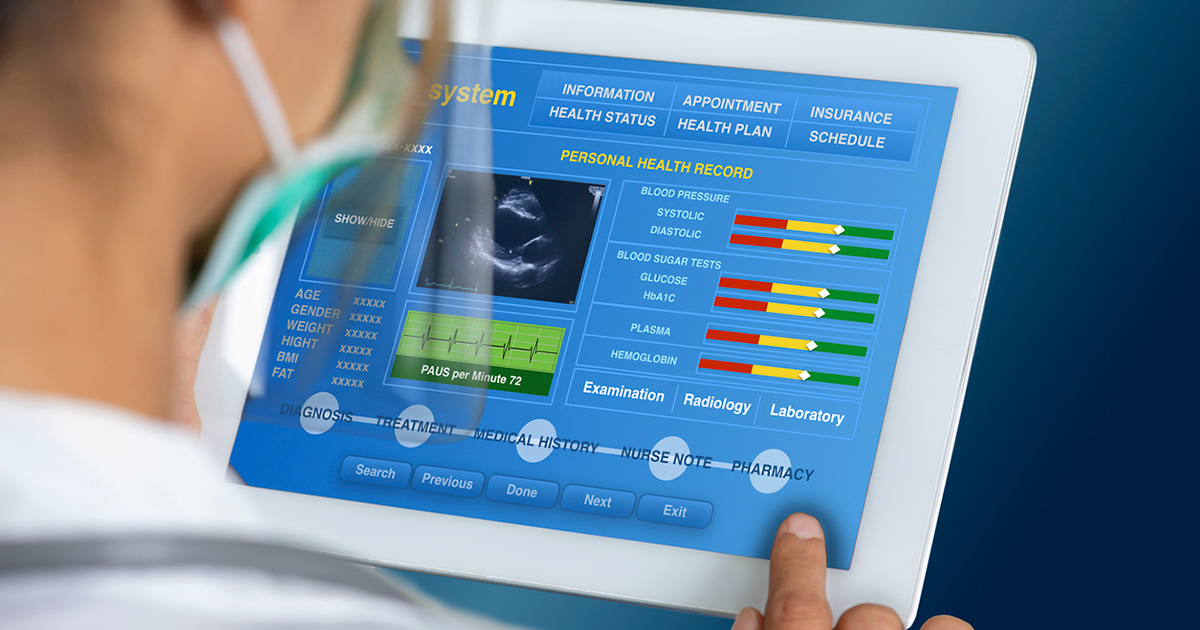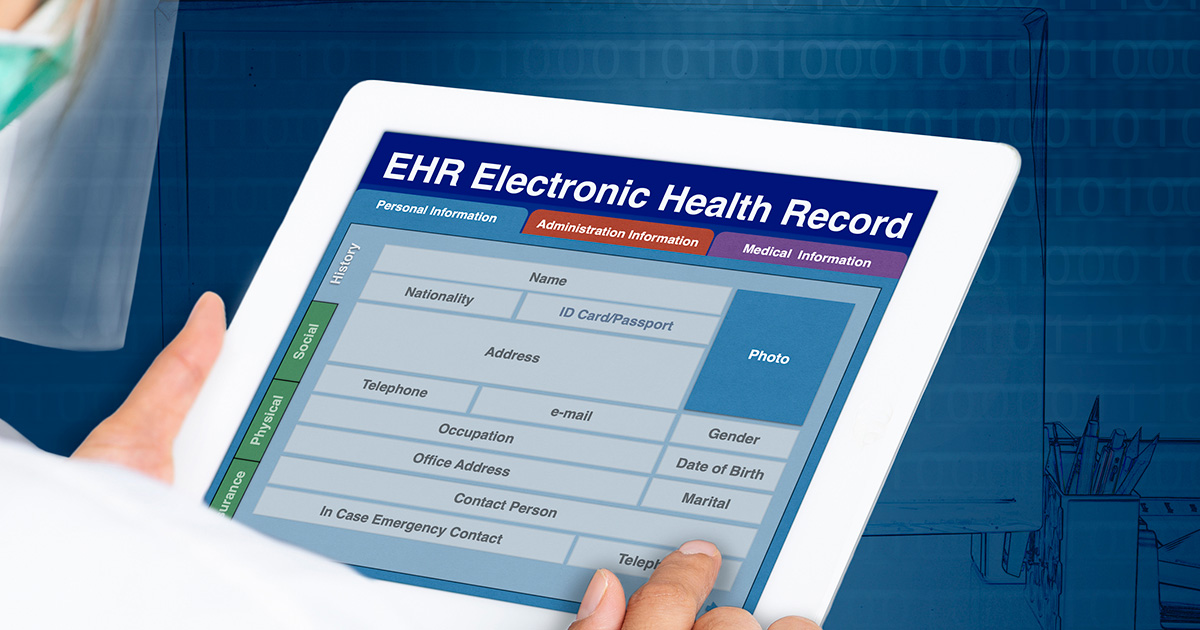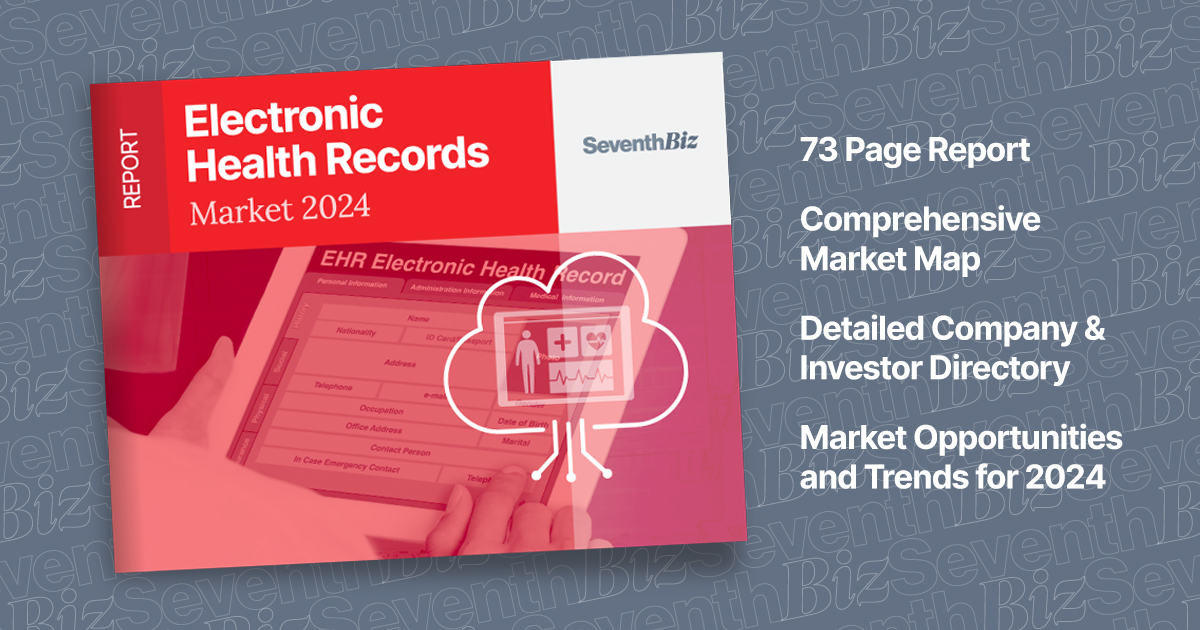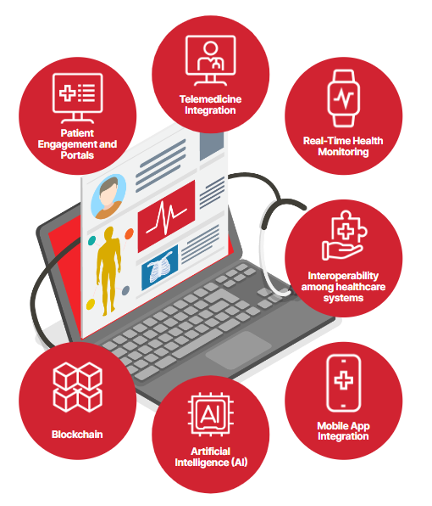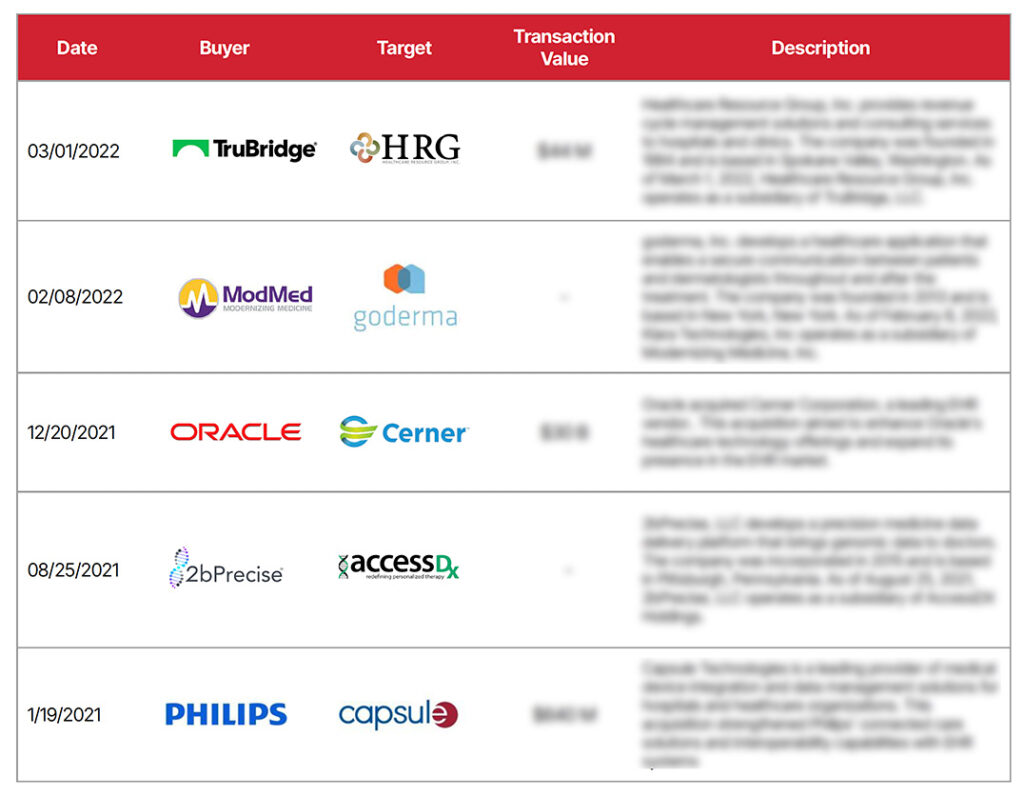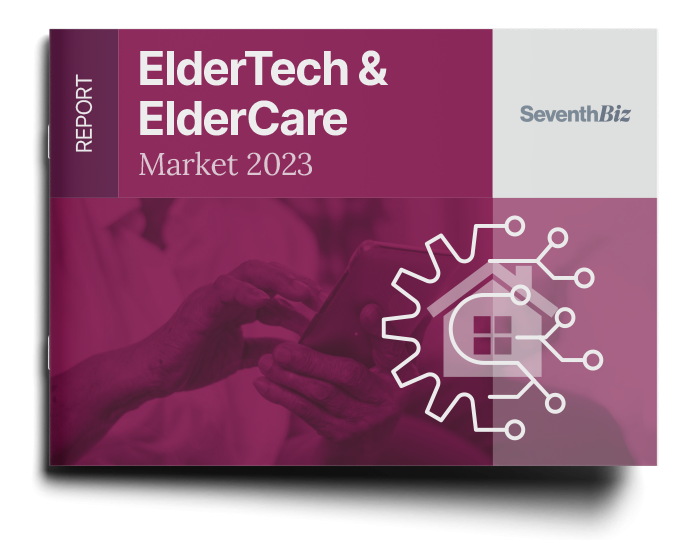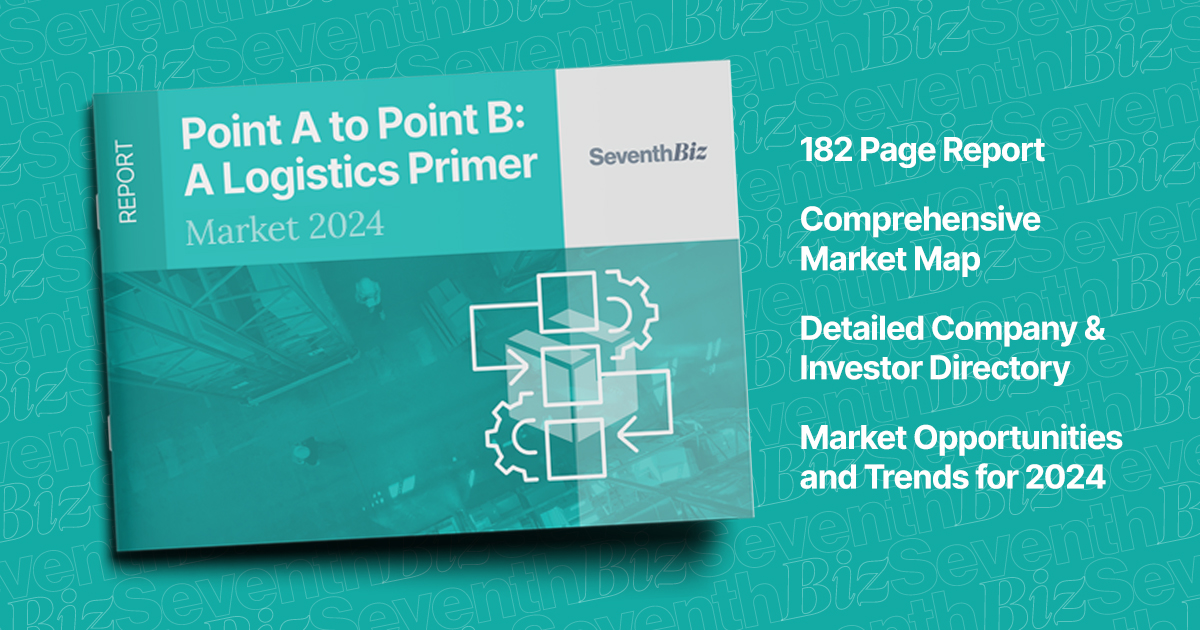The Pitfalls of Investment Reports: What I Learned as a Wealth Manager
Lynn Yeldell
on
March 21, 2025
During my career in banking and wealth management, I quickly discovered a painful truth: most investment reports were hard to digest, overly technical, and, often, not actionable. This posed a real challenge. While the data was often accurate and the insights valuable, the reports themselves were cumbersome and not designed with clarity or action in mind. Over time, I recognized a critical need to transform how these reports were created and consumed. Here’s what I learned from my experience:
1. Written by Industry Experts, But Not Always for the Business Community
Investment reports are typically written by industry experts who have an in-depth understanding of their subject matter. The problem? These experts often write for a broad, general audience rather than considering the specific needs of the business and investment communities. The result? The information, while accurate, may not be actionable. Investors and decision-makers need to understand how to apply that knowledge to real-world scenarios—not just absorb an academic discourse.
A well-designed report should enable a busy professional to scan it in just a few minutes and dive deeper into specifics only when necessary.
In my years at UBS, I saw how critical it was for reports to provide not only insightful analysis but also to distill that information into clear, actionable takeaways. When creating reports, it’s not enough for the information to simply be accurate—it also needs to be clear and practical in use. By combining industry expertise with thoughtful communication design, SeventhBiz ensures that even complex data is presented in a way that’s easy to understand and apply. This approach makes it possible for the end user to quickly grasp key insights, without being overwhelmed by technical jargon or unnecessary detail, allowing them to make informed decisions more efficiently.
2. Lengthy, Tedious, and Often Skipped
If you’ve ever tried to read a traditional investment report, you’ll know the feeling. It’s page after page of dense text, filled with complex jargon and detailed analysis. I’ve sat in meetings where my clients would glance through these reports, skimming for key takeaways, only to leave feeling overwhelmed or still unclear on how to proceed. Very few people read these reports cover to cover—and for good reason. The volume of information can be paralyzing.
I recall how frustrating it was to navigate through lengthy, dense reports while managing portfolios. Instead of being a helpful resource, they often felt like a barrier. That’s why we focus on structuring reports to be easily digestible. The goal is to allow the reader to quickly grasp the key takeaways and, when needed, explore more detailed analysis. A well-designed report should enable a busy professional to scan it in just a few minutes and dive deeper into specifics only when necessary.
While AI is fantastic for handling large volumes of data, it can’t replicate the care and strategic insight that only comes from a person who deeply understands both the data and the stakes.
3. The Rise of the Robots: Efficiency vs. Human Insight
Thankfully, AI wasn’t around to the extent it is now when I was in financial services, but in recent years, I’ve noticed the rise of AI-driven “expert” articles flooding the market. These reports, generated by algorithms and data-crunching systems, may be quick and efficient—but they lack the human nuance and understanding that an experienced researcher can provide. AI can quickly sift through data and generate insights, but it doesn’t understand the gravity of the decisions being made by investors. When millions of dollars—and, sometimes, years of hard work—are at stake, there is no substitute for human expertise.
That’s where research librarians come in. These professionals don’t just gather and process data—they understand the context, the nuances, and the broader picture. Research librarians play a crucial role in transforming raw data into meaningful insights. By applying their expertise, they are able to curate and analyze complex data, ensuring that the final result is both accurate and relevant to the decisions at hand.
While AI is fantastic for handling large volumes of data, it can’t replicate the care and strategic insight that only comes from a person who deeply understands both the data and the stakes. As noted in research comparing AI-led versus human-led research, AI can often result in hallucinations—producing inaccurate or fabricated information that could mislead decision-makers. Similarly, studies on AI-driven content production highlight the risk of “bullshitting”—where AI generates seemingly authoritative but ultimately unreliable or shallow insights. These shortcomings emphasize the need for human oversight in critical decision-making processes.
The Takeaway
Our time is always of the essence. Reports must be precise, clear, and actionable. I experienced first-hand how frustrating it could be to work with reports that were either too complex or too vague. While technology, including AI, plays an important role in making the research process more efficient, it cannot replace the need for expert insight, nuance, and human judgment in the creation of reports.


